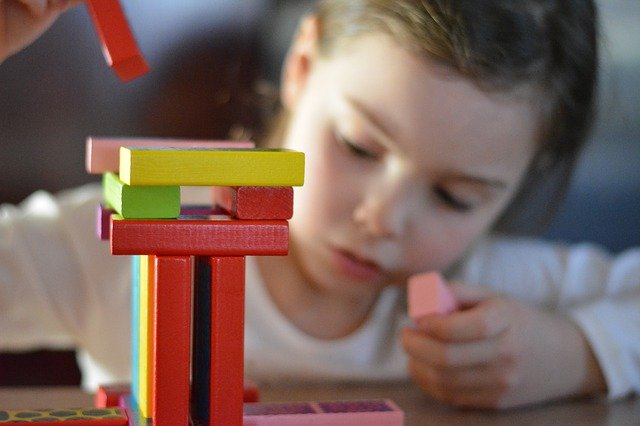When you hear play-based therapy, most of the time you think of younger children, however, that is not the case. Play-based therapy can be appropriate for older children as well. In the article “Using Play-based Approaches to Build Language in Older Students”, Claudia Doan discusses appropriate ways to utilize play-based therapy when working with older children.
The use of dramatic, constructive, and exploratory play can all be easily adapted for older children and allow them to use their creativity and imagination throughout therapy sessions.
Dramatic play can consist of mock interviews, role playing, or dramatic readings of shows, movies, or books. By using dramatic play it allows the children to work on their sentence formulation, comprehension, and pragmatic skills all while putting their own spin/personality into the task.
Constructive play can consist of building with blocks or tiles. It can help with comprehending verbal directions, spatial terms/prepositions, quantitative concepts, size concepts, and temporal language (i.e. first, next, last) all while completing a bigger interactive task.
Exploratory play can consist of scavenger hunts or virtual field trips. This allows a child to learn new vocabulary, descriptive language, and higher level wh-questions all within the context of a real world task.
All of these play schemes can also be easily adapted to do at home and allow these skills to be learned within an actual experience, which allows for more carry over and generalization.
Doan, C. (2021, January 19). Using Play-based Approaches to Build Language in Older Students [Editorial]. The ASHA Leader. Retrieved 2021, from https://leader.pubs.asha.org/do/10.1044/2021-0119-play-activities-adolescents/full/
Get a Free Online Assessment
Looking for an expert opinion on your child's needs? Fill out a 3 minute questionnaire and receive a personal evaluation from our staff



